menu
>
Introduction | Problems | Major Causes | Existing Solutions | Suggested Solutions | Acknowledgement
guestbook >
sign | view |
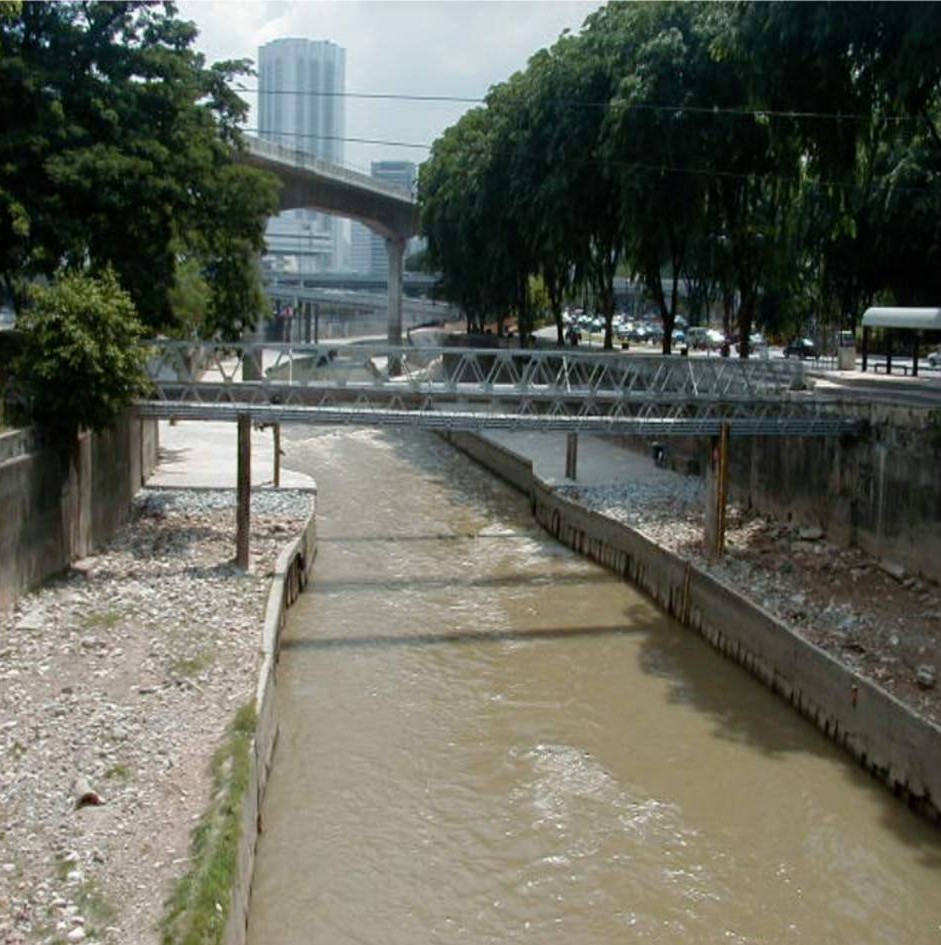
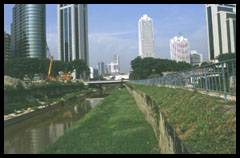 |
iNTRODUCTIONThe Klang river basin is
the most densely populated are in the country with a population of 3.6
million people (18% of the nationís total population)
The basin encompasses the Federal Territory of Kuala Lumpur, parts of the
Hulu Langat, Kuala Langat, Gombak, Sepang, Petaling and Klang Districts in
the Selangor State.
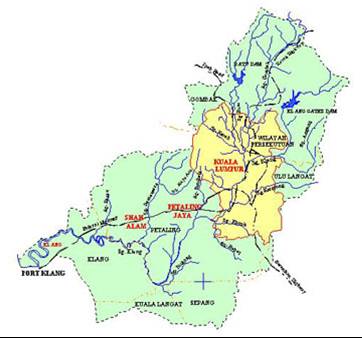
The Klang River originates in the highlands about 25km from northeast of
Kuala Lumpur and 11 main tributaries join it before the river joins the
Straits of Malacca.
The river has a length of 120km and it drains a basin area of 1288 square
kilometer.
In the early 1950ís the Klang River had contributed significantly to the
development of its local industries.
The Klang River was used as for tin mining, fishing and as a mode of
transport
The river is also used as an inexpensive site to dispose off waste. |
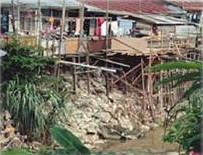 |
problems
The Klang River is suffering
from water pollution.
The general trend over the last ten years indicates that has not been any
improvement in the water quality (Class IV)
There is a high possibility of water quality deteriorating to Class V
The numbers of aquatic lives are on the decline, high possibility of
endangered species become extinct.
The amount of solid waste (rubbish) found has increased.
Visual pollution.
|
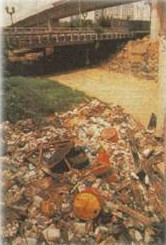 |
major causes
Activities of industrialist
which use the river as grounds for dumping their waste (e.g. The dumping
of non-biodegradable materials like mercury, lead, copper and arsenic).
Silt coming from excessive hill cutting due to clearing of land to build
new residential areas and industries.
Non-working silt traps due to poor maintenance and control.
Discharge of sewage water by food stall operators.
Dumping of solid waste by the nearby squatters. |
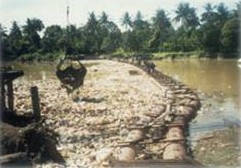 |
existing solutions
The government has allocated
money to improve the drainage system
The government has proposed the relocation of 2,650 squatters
The Department of Irrigation and Drainage Federal Territory (DID FT) has
been assigned to remove solid waste particularly floating debris and silt
from certain stretches of the Klang River.
The use of log booms to collect the rubbish.
The Department of Fisheries is restoring the aquatic life in the Klang
River by releasing certain fish species such as the jelawat, baung, lampam,
udang galah and the Tilapia.
Department of Environment Malaysia is monitoring the water quality and
inspecting factories for their level of wastewater being discharged.
24 water quality monitoring stations are being established to coordinate
and enforce policies.
City Hall of Kuala Lumpur (DBKL) has intentions to beautify the river
corridor and make it pleasant for recreational activities.
|
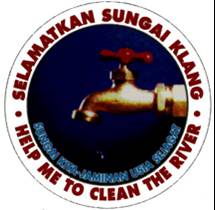 |
suggested solutions
A special program should be
aimed at educating the general public and raising awareness with respect
to preservation and conservation of rivers and its environment.
Should encourage nearby residence to carry out gotong-royong (community
activities)
|
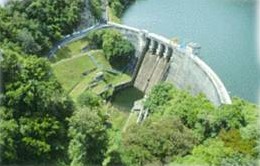 |
acknowledgement
Hie everyone..!! Thank you for
visiting our website. Firstly, we would like to thank Mr.Gerow, our World
Issues lecturer for giving us this opportunity to complete our Independent
Study Unit (ISU) . Furthermore, his guidance throughout this ISU has
helped us tremendously.
Secondly, we would like to thank our fellow friends who had
help us to find information and pictures. Mr. Melvin Ku, our web master
has helped us to design this website. Thank you for spending your time
guiding us in creating this useful information.
Finally, we would like to thank everyone who had visited this
website. Please sign our guest book to show your support for a clean Klang
River in the future.
|






